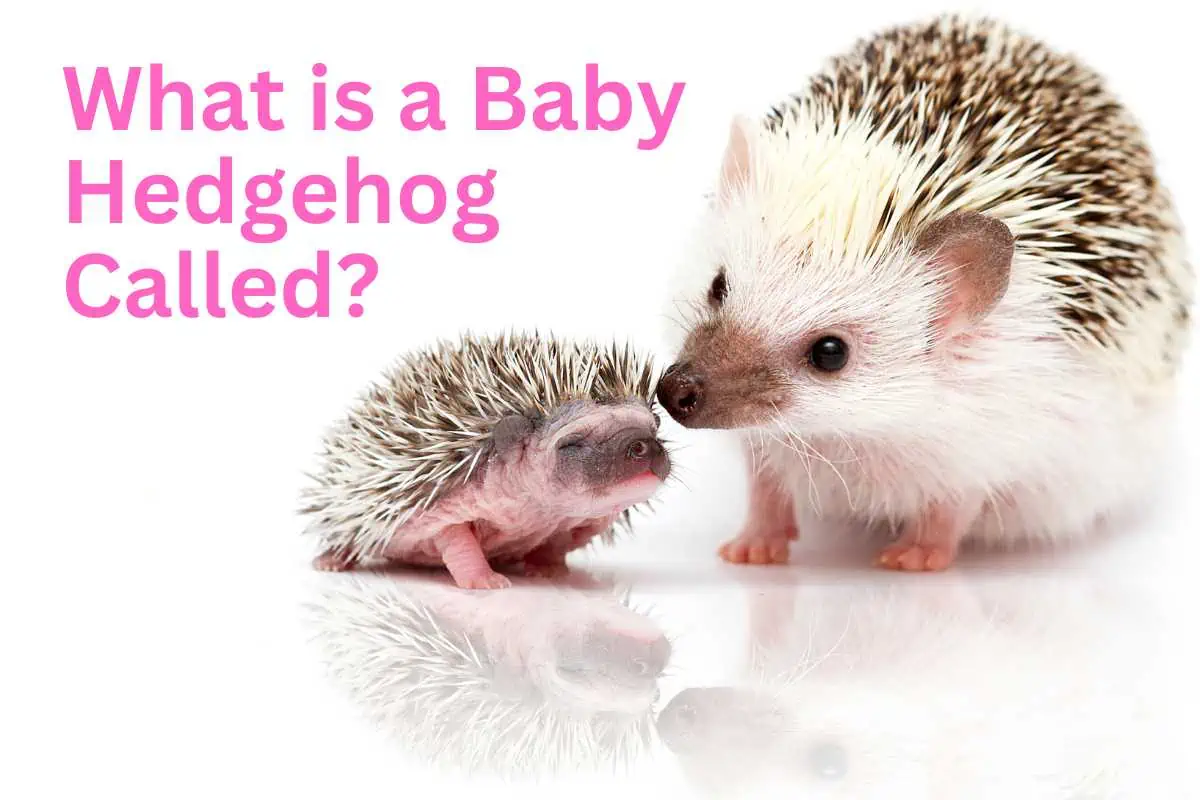Baby hedgehogs capture the curiosity of many with their distinctive, endearing features.
They are known as hoglets, encapsulating their connection to the adult hedgehog while highlighting their early life stage.
Born blind and with a protective membrane safeguarding their quills, these tiny mammals undergo significant development after birth.
Hoglets begin their lives with a set of spines replaced by a new set as they grow. The care and nurturing from their mothers are vital during the early stages, as hoglets depend on them entirely for warmth, food, and protection.
As they mature, these young hedgehogs learn crucial survival skills that enable them to thrive in their natural habitat or as unique house pets should they be raised in domestic settings.

Key Takeaways
- Hoglets are what baby hedgehogs are affectionately called.
- Early life for a hoglet includes crucial maternal care and the growth of their first spines.
- As they grow, hedgehogs learn essential survival skills, adapting to their environment and diet.
Understanding Hedgehog Birth and Care

Hedgehog birth and the subsequent care of hoglets are crucial for their survival. This section explores the intricacies of reproduction, growth, and essential care practices needed for these young animals.
Reproduction and Birth Process
Hedgehogs typically breed once or twice per year. The gestation period for a female hedgehog lasts approximately 35 days. Males play no part in rearing the young, leaving females to build a nest for the forthcoming litter. At birth, hoglets are blind and deaf, with their eyes closed; they depend entirely on their mother for warmth and nourishment.
Growth and Development of Hoglets
Hoglets’ size at birth ranges between 0.5-1 ounce, and they’re born without quills. Spines begin to appear within a few days. The weaning process starts around 3 to 4 weeks when they begin to eat solid food.
They leave the nest by 6 to 8 weeks and can survive independently.
- Birth size: 0.5-1 ounce
- Quills appear: Within the first week
- Wean off milk: 3-4 weeks
- Leave nest: 6-8 weeks
- Sexual maturity: 2-3 months
Caring for Orphaned Hedgehogs
When hoglets are left orphaned or ill, human intervention may be necessary. Care includes maintaining warmth with appropriate bedding and a stable sleep schedule.
Feeding requires a milk replacer for the initial weeks, transitioning to wet cat food and dry kitten food. Hoglets must also be assisted with urination and bowel movements using warm, damp cloths.
Feeding tools:
- Plastic syringes
- Shallow dishes
- Keep them warm with heating pads, but not directly under their bodies.
- Gradually introduce solid foods while still providing a milk substitute.
- Stimulate them after feeding to help with their bodily functions.
Diet and Habits of Hedgehogs

Hedgehogs are unique creatures with a diet mainly consisting of insects and a lifestyle characterized by foraging behavior, especially under the veil of night.
These solitary animals lead intriguing lives, making the most of their sensory abilities to navigate their environment.
Dietary Needs and Preferences
In the wild, hedgehogs have omnivorous diets largely based on various invertebrates. They typically forage for:
- Insects: crickets, beetles
- Fruits: apples, berries
- Vegetables: cooked squash, fresh green beans
They avoid certain foods such as potatoes, corn, and carrots due to high starch content. African Pygmy hedgehogs, often kept as pets, may have a slightly different diet controlled by their owners. Still, it is important that it remains insect-heavy to mirror their natural preferences.
Behavioral Traits and Lifecycle
Hedgehogs are primarily nocturnal and lead solitary lives, becoming more social only during mating seasons. They exhibit notable behaviors such as:
- Foraging at night: Utilizing their keen sense of hearing and smell to locate food.
- Hibernation: In colder climates, European hedgehogs hibernate, while African species do not.
- Lifecycle: After birth, hoglets grow rapidly, becoming independent within weeks.
Their habitats span regions of Europe, Asia, and Africa, adapting to various environmental conditions.
One constant, however, is the hedgehog’s impressive ability to fend off predators, thanks to their quills, agility, and sensory abilities.




Leave a Reply